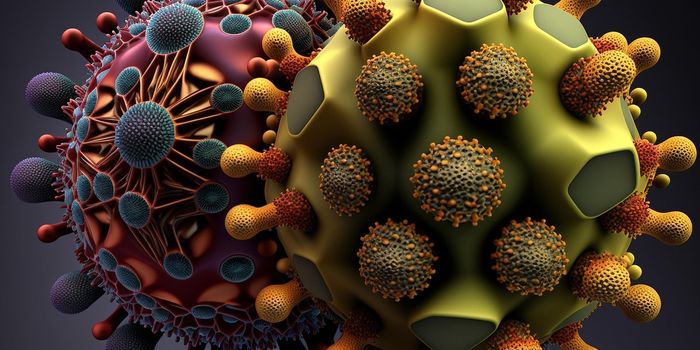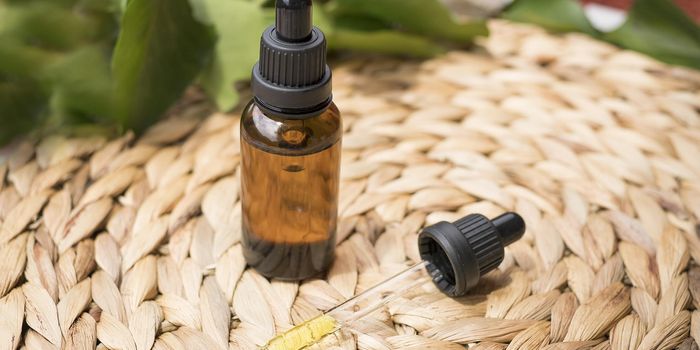Scientists have discovered a way to make a nasal spray flu vaccine safer for those who are at greatest risk of catching the flu, particularly infants under the age of 2.
While the work is in very early stages and is a long way from being applied in people, it offers promise for a vaccine that could better protect the most vulnerable.
The currently available nasal spray vaccine, FluMist, is one of several types of flu vaccines offered every year, but it is only approved for use in people 2 through 49 years old. Infants, asthmatics, and older adults are not eligible for the vaccine, which is made from live flu virus that is dampened down so that it doesn’t cause the flu.
Because the virus is live, it activates multiple components of the immune system and creates a more robust immune response than the traditional shot version of the vaccine, which includes inactivated or killed flu virus.
Working with a vaccine similar to FluMist that is used in mice, researchers used molecular genetics to alter the vaccine virus so that it replicates only in the nose and not in the lungs. This is important because the main reason FluMist was not approved for use in children under the age of 2 is that it was associated with wheezing in infants in clinical trials.
A nasal spray flu vaccine is delivered via a spray into each nostril and moves from the nose through the respiratory tract to the lungs. If a vaccine virus enters the lungs it can create inflammation in response to the virus.
This presents a problem in very young children with narrow airways that are easily constricted. If the vaccine virus stays only in the nose, it eliminates the potential for wheezing, making it a safer option for infants, as well as individuals with asthma, says Andrew Cox, a graduate student in the laboratory of Stephen Dewhurst, vice dean for research and chair of the microbiology and immunology department at the University of Rochester.
“No one has tried to tweak a vaccine virus like this before,” says Cox, lead author of the study, which appears in the
Journal of Virology. “If we can make the nasal spray flu vaccine safer for very young children, it should provide better protection and remove a shot, which makes children and parents happy.”
“FluMist is very safe in the populations that it is licensed for and creates a good immune response in kids ages 2 to 5, who are very susceptible to flu,” says John J. Treanor, chief of the infectious diseases division at UR Medicine’s Strong Memorial Hospital. “It would be a major accomplishment if we were able to develop a live vaccine like FluMist for children ages 6 to 24 months.”
Many pediatricians stock the regular flu shot and not FluMist because the shot can be used for all ages. In most cases, if a parent wants FluMist, he or she has to ask for it, Cox says. “Not many doses of FluMist are given out, and that is a missed opportunity.”
“This puts us closer to having a safe and effective vaccine that can be used in people at greatest risk,” Dewhurst says.
Source:
University of Rochester
This article was originally posted on
futurity.org.









